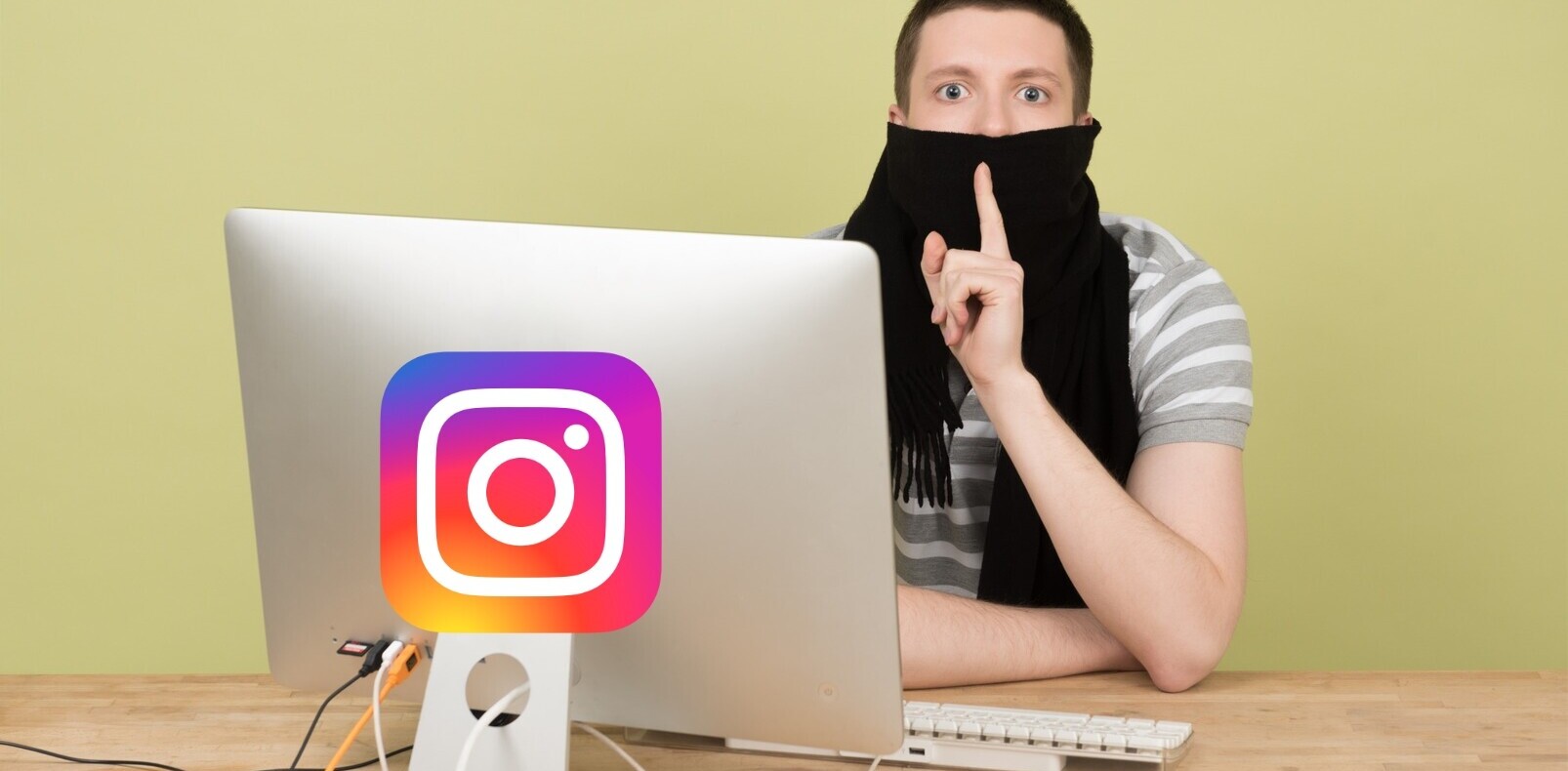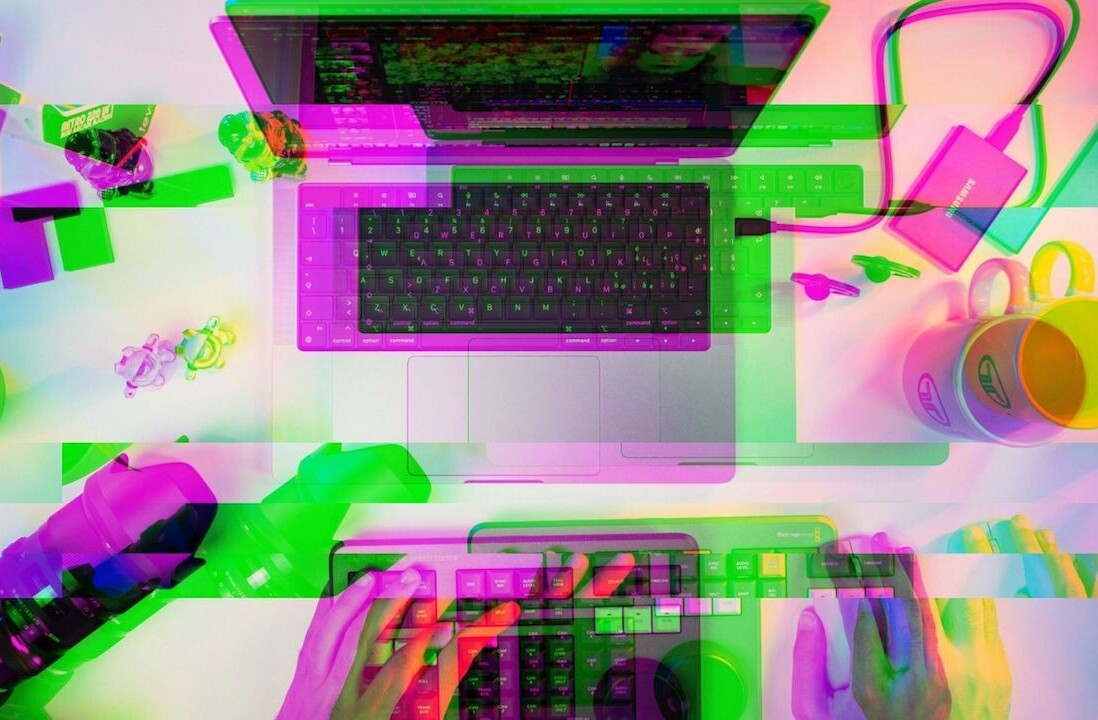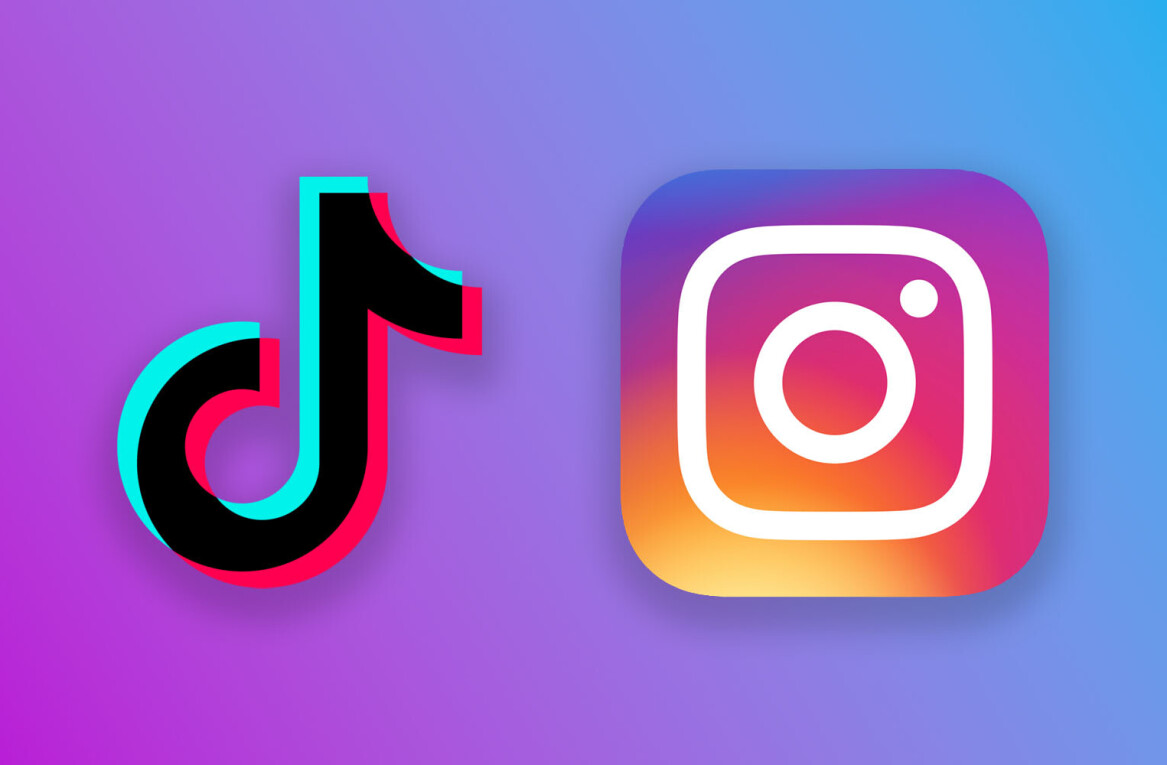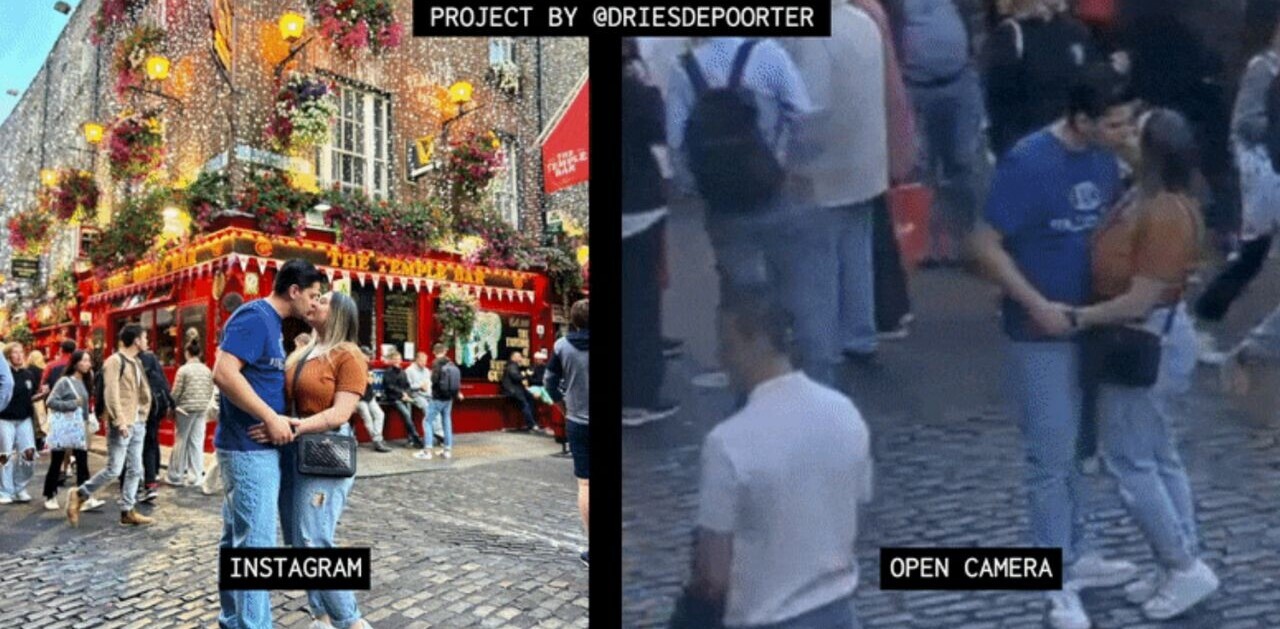
Summer in New York City can be one of the most unbearable seasons of the year: dry heat, rough humidity levels, and throngs of tourists from all over the world crowding our streets and subway cars, then wondering why New Yorkers are so rude when they’re the one stopping in the middle of the road to take a selfie with the Empire State Building in the background.
With tourist season in high gear, a study by the City University of New York aims to look at geolocations of Instagrams posted in New York City to see the difference between what locals and tourists share on the social network.
Titled the Inequaligram Project, the team theorizes that out of the 7.5 million public Instagram posts, the images will overwhelmingly misrepresent New York City by showing mostly areas below 110th street (and probably even less in other boroughs, though the study focused mainly on Manhattan.)
Its findings reveal what we already know about how tourists visit New York: the top 10 most Instagrammed locations in Manhattan include Times Square, Rockefeller Center, Empire State Building, Bryant Park, Madison Square Park, and Chelsea Market.
The results are actually not entirely different when looking at accounts that represent New York locals; although images shared are more evenly spread out through the entire island of Manhattan, Times Square, Rockefeller Center, and Union Square round out the top locations. Other popular locales include SoHo and Cooper Square.

Photos shared by locals in areas above 59th street tend to increase in the evening. The study posits that these areas with lower average income see an uptick in nighttime posts because the posters likely share on Instagram after they return to home from work.
“This directly affects city economy and social life,” the team reports in their study. “The areas well represented in social media attract more people who spend time and money there. The invisible areas are less likely to be visited.”
It’s an interesting way to look at economic from a social media standpoint, but it definitely tells us what we’ve already figured about New York: tourists and locals alike are more likely to share images of New York in areas that are popular or contain more businesses. What’s more revealing are the potential economic effects from this misrepresentation.
You can read the full report here for additional analysis from the study.
Get the TNW newsletter
Get the most important tech news in your inbox each week.




